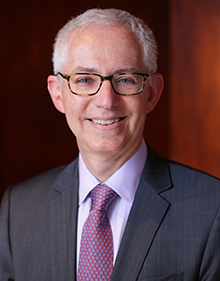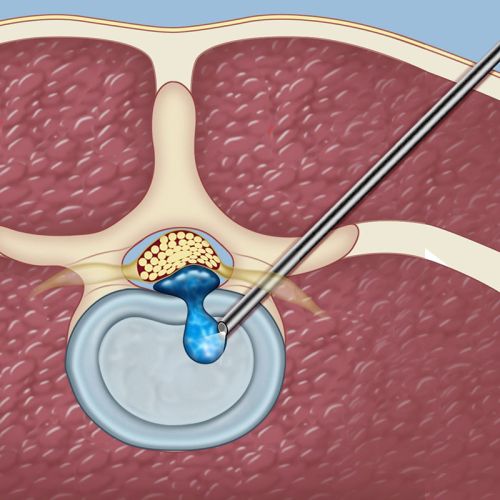
I’ve dedicated my neurosurgical career to finding newer and less invasive surgical techniques for relieving back pain. Advances in minimally invasive spine surgery have been truly extraordinary over the past 20 years or so, and I’ve been gratified to be at the forefront of the movement. Getting my patients back to work, back to their families and their hobbies, free of pain, is enormously rewarding.
That’s what makes the advances of the past few years especially exciting to me. Newer minimally invasive techniques like microsurgery, tubular retractors, and lateral access (with an incision in the side instead of the back) had already made it possible to repair spinal conditions without open surgery, but the advent of endoscopy in spinal surgery is truly extraordinary.
With an endoscopic approach, I can now repair many common back ailments with an incision less than a quarter of an inch long. Endoscopes – cameras mounted at the end of long, thin, flexible tubes and fitted with tiny specialized tools – have long been used in other types of surgery, but they are relatively new to spine surgery. Using an endoscope specially developed for spine surgery, I can now watch on a computer monitor as I maneuver my surgical instruments to the site of a herniated disc, or spinal stenosis. Lasers are used in precise surgical planning and can be used during surgery, if needed.
 Without a large incision, and without having to cut through muscle tissue, I can relieve pressure on a pinched nerve, or repair a painful bulging disc, with excellent results. I’ve done numerous endoscopic procedures, many of them on patients who otherwise would have had fusion surgery. Being able to choose a minimally invasive surgery instead of fusion allows them to retain full freedom of movement along with relief of pain. They are only in the operating room for a short time, generally under an hour, and they can go home the same day, often without a single stitch – many times a simple band-aid is all we need to cover the incision site.
Without a large incision, and without having to cut through muscle tissue, I can relieve pressure on a pinched nerve, or repair a painful bulging disc, with excellent results. I’ve done numerous endoscopic procedures, many of them on patients who otherwise would have had fusion surgery. Being able to choose a minimally invasive surgery instead of fusion allows them to retain full freedom of movement along with relief of pain. They are only in the operating room for a short time, generally under an hour, and they can go home the same day, often without a single stitch – many times a simple band-aid is all we need to cover the incision site.
Best of all, since the endoscope allows me to navigate to the surgical site without cutting into muscle, the procedures are virtually painless. The new endoscopic technology involved in the endoscope allows for excellent visualization without opening the back.
Most of the endoscopic procedures I’ve performed have been on the lower back (the lumbar region), but I am also performing them now for problems with the cervical vertebrae (the neck). This is a new frontier in spine surgery, and I’m honored to be able to offer this to my patients.